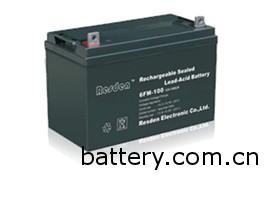
According to Battery.com.cn , a young lady bought a luxury brand model a few days ago. I didn't expect the battery to be used after one and a half years. So, Miss Cai found the 4S shop. After the other party checked, it was told that the natural life of the battery was over and the battery was not covered by the warranty. However, she saw that the warranty period in the warranty manual was 3 years or 100,000 kilometers, and her own vehicle was bought less than 3 years, and it was less than 100,000 kilometers. The dealer asked her to consult the manufacturer. After consulting the manufacturer, the other party said that the battery was not covered by the warranty, and the battery warranty information was not written in the warranty manual. After several negotiations, the manufacturer suddenly changed the name of the battery is not the end of its natural life, is an abnormal failure, so far she does not know how to solve.
Answer the doubt battery storage quality conditions
According to the newly introduced automobile three-package law, 3 years or driving mileage of 60,000 kilometers (whichever comes first) is the warranty period of the three-pack of the car. As the name suggests, the vehicle has a product quality problem during this time period. The three-pack certificate is repaired free of charge by the repairer (including working hours and materials), but it should be noted that the parts of the vehicle are subject to a separate warranty period. There are a total of sixteen types of consumables listed with the battery, and the warranty period of these consumables varies. The battery warranty period is one year. If Miss Cai’s vehicle battery has problems within one year, you can enjoy free replacement.
Industry maintenance experts pointed out that the quality problems of the battery are: short circuit, separator penetration, reverse loading (the group of plates placed during assembly is reversed), improper liquid injection (such as the initial injection specific gravity is too high or too low), leakage (Battery sealing is poor), powder removal (bad connection between grid and active material), etc. Not a quality problem, mainly due to improper use: over-discharge, long-term use, or insufficient charging, overcharging, excessive current during charging, insufficient charging, reverse charging, powder removal (charge current is too high), leakage (collision Caused by, short circuit (self-modified) and so on. Generally, improper maintenance is mainly caused by frequent parking to turn on the sound, frequent vehicle stalls in the urban area for a long time, and rarely running high speed.
But now many 4S stores do not tell consumers to know the information about consumables from the maintenance manual when they sell the vehicles, which will eventually lead to future maintenance disputes. At the same time, the types and warranty cycles of consumables are not uniform.
The reporter noticed that among the major luxury brands, some brand maintenance manuals clearly stipulate that the warranty period of the battery bottle can be replaced free of charge within one year, between 12 months and 24 months, the owner must self-report 25%. cost. Some brand batteries are used in vehicles for two years and the mileage is within 100,000 km. If there is damage, they can be replaced free of charge; if it is less than four years later and less than four years and the mileage is within 100,000 km, the owner must bear 50%. cost of.
Polymer Concrete Cells For ER/EW Processing Of Nonferrous
- Vinyl ester resin monolithic casting electrolytic cells
The Internal layer is a monolithic tank made with multiple layers of fiber-reinforced vinyl ester resin (FRP) complying with chemical barrier international norms that assure long-term impermeability and corrosion resistance.
The Intermediate layer is the structural core made with polymer Concrete, with a patented formulation to achieve a low coefficient of thermal expansion, providing long-term structural integrity with low thermally-induced stresses
The External layer is a standard seal layer of FRP that further protects the structural core from electrolyte splashes and spills. Optionally,this external seal may be specified with multi-layered oriented fiber reinforcements to guarantee trouble-free operation in unusually extreme operating environments.
Benefits of electrolytic cells
Long-term impermeability, free of corrosion, 20+ years warranty
Our monolithic internal tank manufactured with multiple layers of fiber-reinforced premium vinyl ester resin. It has continuous service without leakage, free of corrosion and structural flaws which operating under normal conditions as specified for each project.
Swift, accurate and less costly installation
Electrolytic cells include features that allow reduction of 25% or more in time needed for cell erection, alignment and leveling compared to time required with conventional polymer concrete cells. Dimension tolerances for electrolytic cells are consistently tight, simplifying installation in the most demanding applications,including plants with automated crane systems.
Minimum cleaning time and water consumption
The rounded internal shape,optional sloped cell floors,and smooth,flat finish of the internal tank,facilitate water sweeping and drainage of heavy sludge,with reduced water usage and accelerating return to service after each cleaning.
Minimum maintenance cost
The robust, virtually impervious internal tank that is chemically bound to the polymer concrete structural core during molding is tolerant to operating abuse its smooth,non-stick surfaces minimize adhesion of contaminants.
Maximum operational safety
The structural core of electrolytic cells is bolstered with sturdy external seismic reinforcement blocks confining its floor supports, and includes a robust, internal bidirectional, pultruded FRP bar mesh reinforcement which positively maintains integrity should the cell fail due to catastrophic events. Electrolytic cell installation protocols call for lateral wall collaboration between cells,thus reducing stress levels of cell around 40% under normal operating conditions.

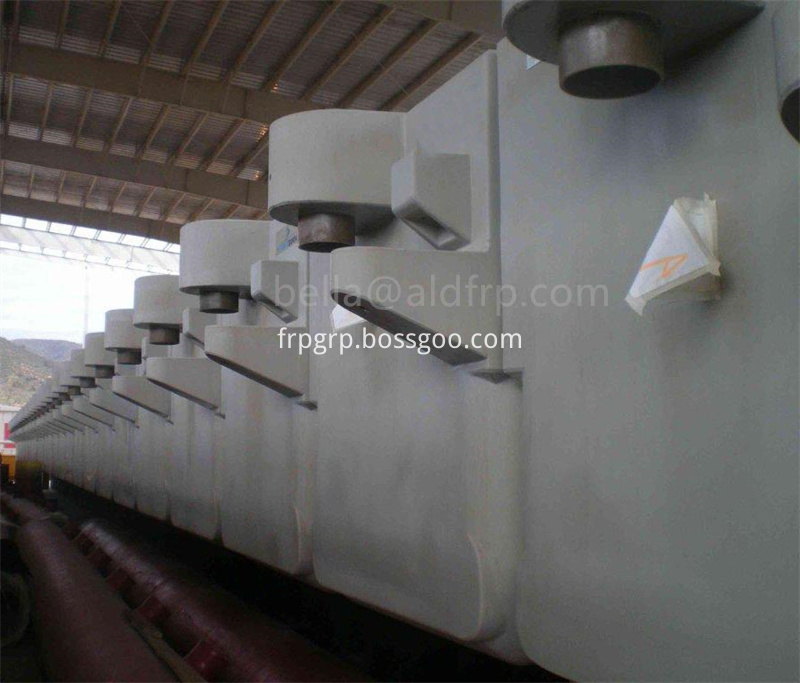
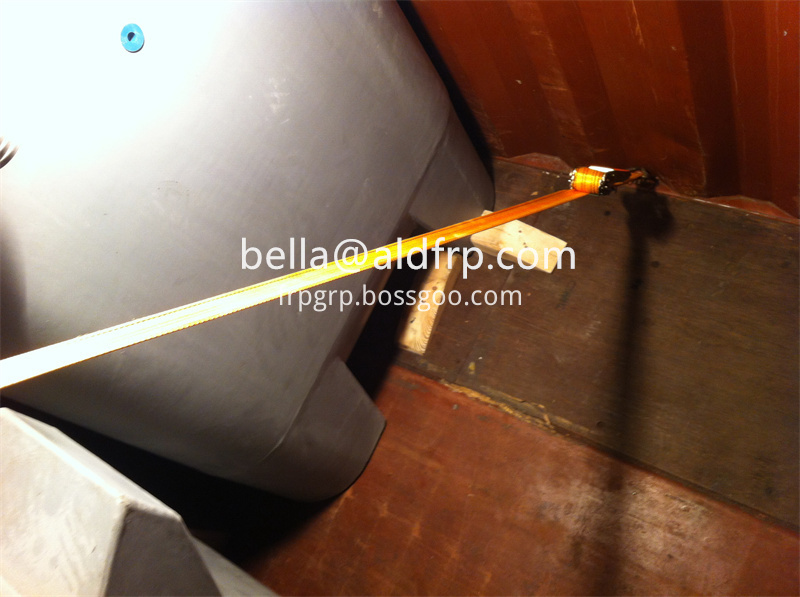
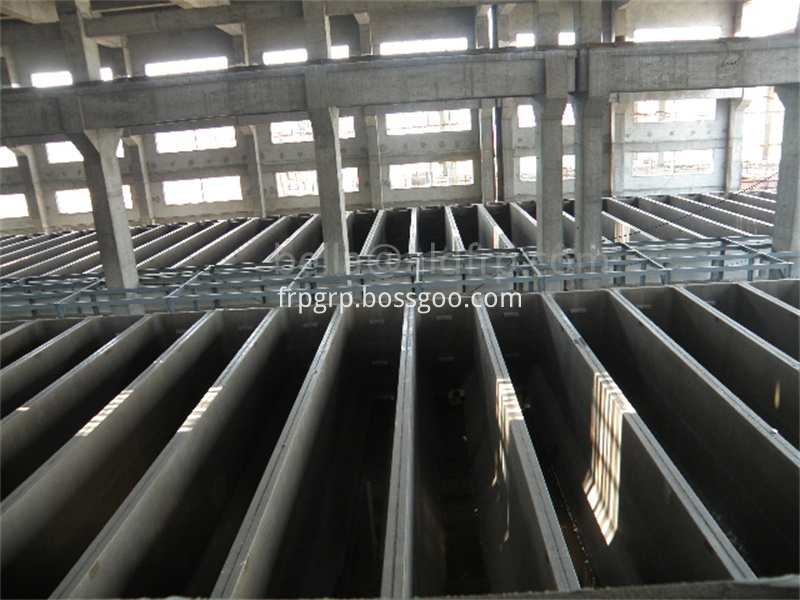
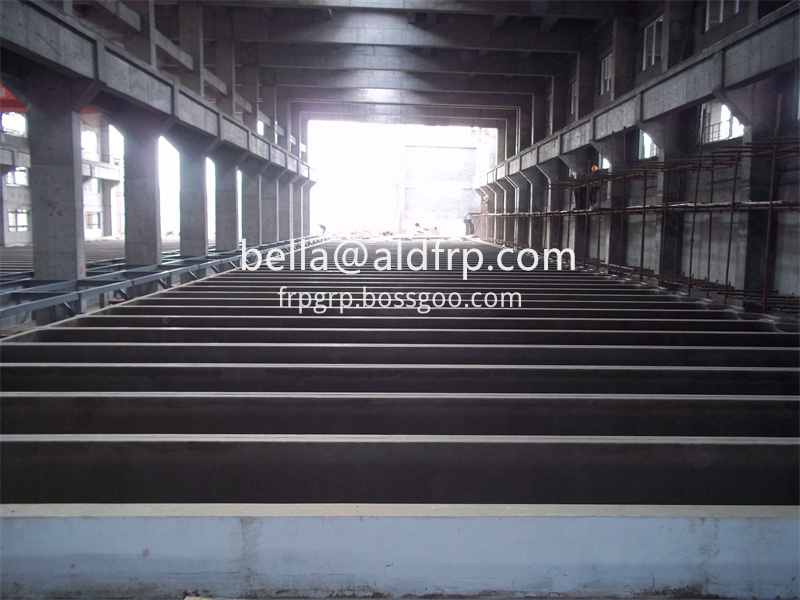
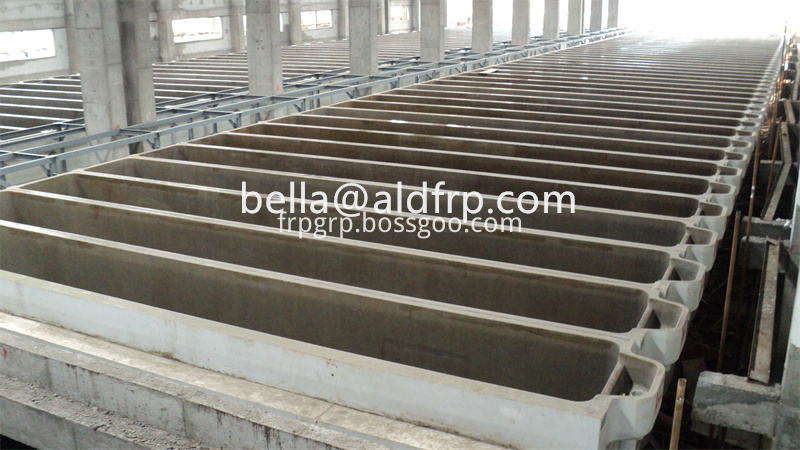
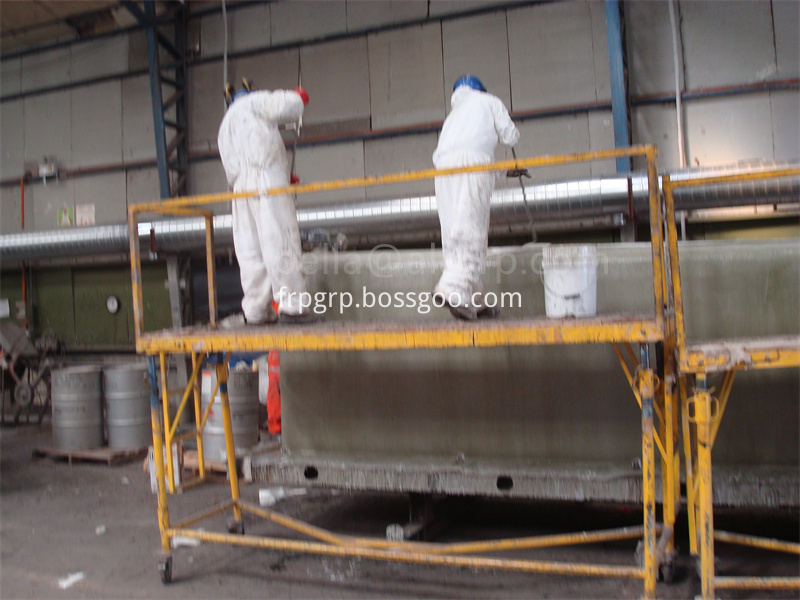
Polymer Concrete Electrolytic Cell,Electrolytic Cell Nickle,Electrolytic Cell Nickle Refining Tanks,Electrolytic Cells of Electroplating Equipment
Hebei aoliande Chemical Equipment Co., Ltd , https://www.aoliandechemical.com